Life
Sign up for our newsletter
We summarize the week's scientific breakthroughs every Thursday.
-
 Science & Society
Science & Society‘GMOs’ isn’t a four-letter word, but it is hard to define
The definition of what constitutes a genetically modified organism is a challenge to those tasked with developing standards for labeling foods that contain GMOs.
-
 Animals
AnimalsWhite-tailed deer have their own form of malaria
The otherwise well-studied white-tailed deer turns out to carry the first malaria parasite discovered in any deer.
By Susan Milius -
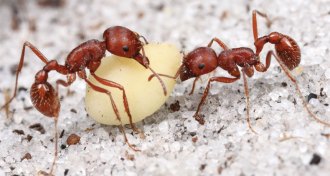 Animals
AnimalsHarvester ants are restless, enigmatic architects
Florida harvester ants dig complex, curly nests over, then leave and do it again.
By Susan Milius -
 Neuroscience
NeuroscienceMouse study offers clues to brain’s response to concussions
The brain needs time to recover between head hits, a study in mice suggests.
-
 Animals
AnimalsWhy some birds sing elaborate songs in the winter
Several obvious hypotheses fail to explain why great reed warblers sing in winter.
By Susan Milius -
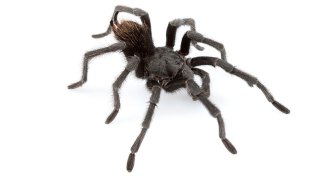 Animals
AnimalsMeet the tarantula in black
Named for Johnny Cash, a new species of tarantula makes its home in the shadow of Folsom Prison.
-
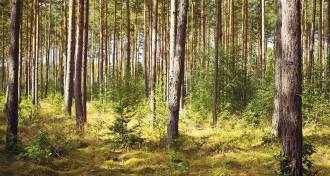 Climate
ClimateForest management not so hot at fighting warming
Forest management practices in Europe have slightly worsened climate change, new research shows.
-
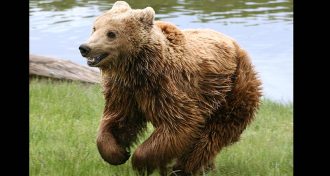 Animals
AnimalsMicrobes may help bears stay healthy when fat for hibernation
Brown bears fatten up for hibernation without suffering from weight-related problems. A new study shows that their gut microbes may help.
-
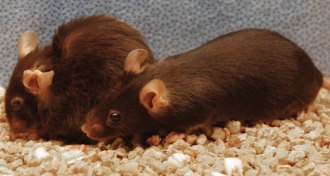 Life
LifeRemoving worn-out cells makes mice live longer and prosper
Senescent cells promote aging, and removing them makes mice live longer, healthier lives.
-
 Science & Society
Science & Society‘Three-parent babies’ are ethically permissible, U.S. panel says
A panel of experts concludes that clinical experiments that create “three-parent babies” are ethical, with limits.
-
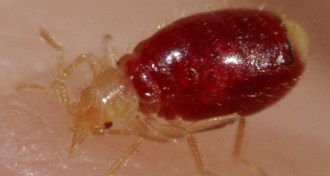 Genetics
GeneticsBedbug genome spills secrets of violence, weird sex
Maps of bedbugs’ genetic material reveal clues to their success.
-
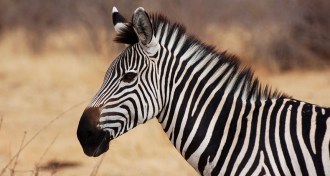 Animals
AnimalsPurpose of zebra stripes remains a mystery
Zebra stripes don’t help the animals disappear in the vision of predators, a new study finds.